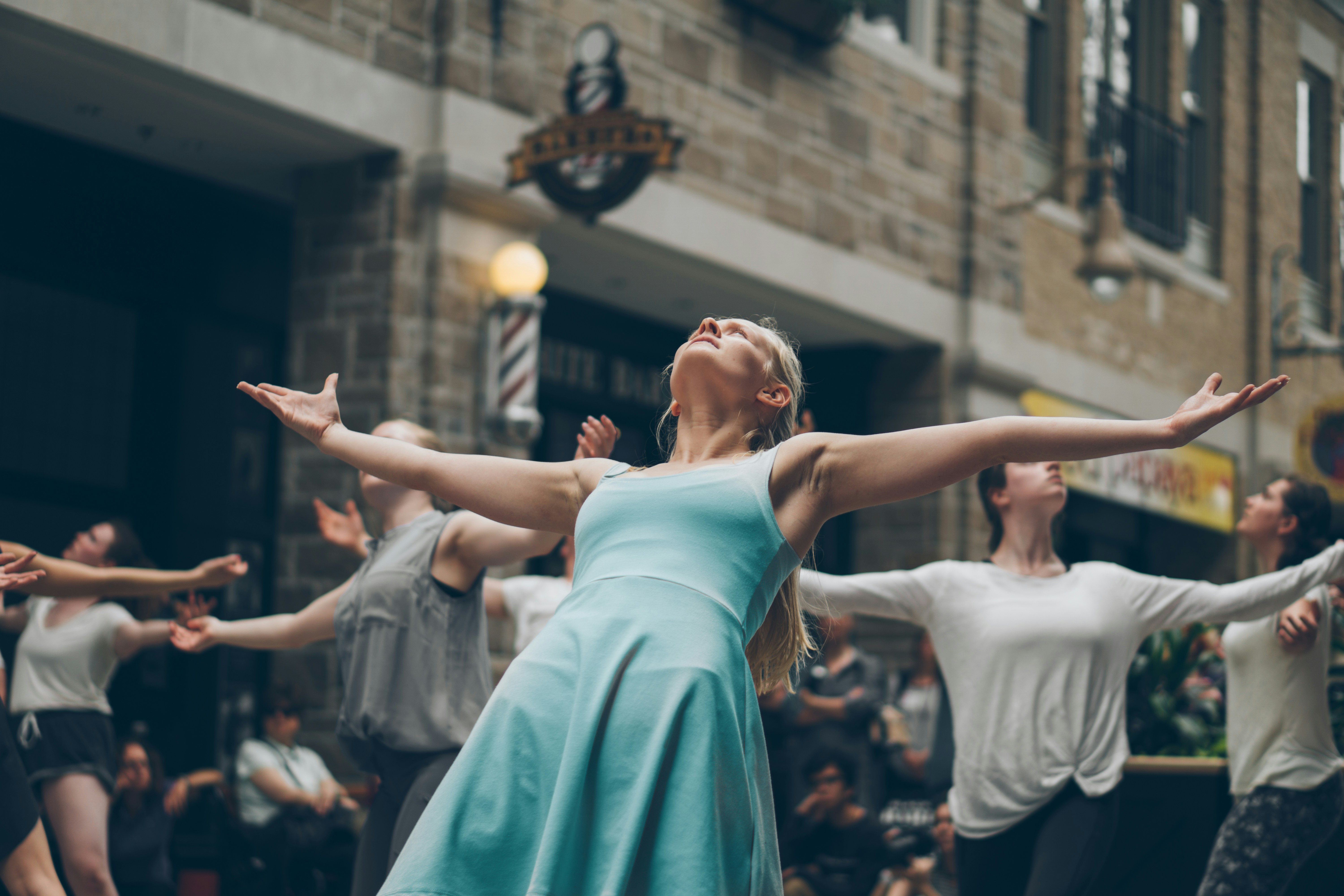How short-form video is reshaping audience discovery for cultural programs
Short-form video formats are changing how cultural organizations reach new audiences. Bite-sized clips from performances, exhibitions, and behind-the-scenes moments create accessible entry points, helping museums, theatres, and festivals extend visibility across social feeds and discovery platforms.

Cultural programs are encountering rapid shifts in audience behavior as short-form video becomes a primary discovery channel. In under a minute, a clip can introduce a concept, highlight a performer, or show an immersive installation, lowering the barrier for first-time engagement and prompting viewers to explore longer-form programming. This opening paragraph explains why shortform approaches matter for programming teams and marketing staff as they map audience journeys across both physical and digital touchpoints.
Shortform and discoverability
Shortform video excels at grabbing attention in crowded feeds. Platforms optimized for quick, repeatable viewing encourage algorithmic distribution, increasing the chance that a clip from a gallery tour, a rehearsal snippet, or a micro-documentary will surface to users outside existing follower bases. When paired with smart metadata and tagging, short clips act as discovery hooks that funnel curiosity toward ticketing pages, subscription offers, or full-length streams.
Programming and repurposing content
Programming teams can design content ecosystems where short videos are deliberate entry points to larger experiences. Repurposing long performances into highlight reels, teaser loops, or captioned excerpts extends the lifespan of existing assets and feeds multiple channels. This approach reduces production overhead while creating a pipeline of accessible moments for potential attendees, members, and donors.
Curation and accessibility in clips
Curation remains essential as organizations decide which moments best represent a program. Short clips lend themselves to intentional sequencing, captioning, and descriptive audio, improving accessibility for audiences with diverse needs. Thoughtful curation balances artistic integrity with clarity, ensuring that shortform pieces communicate context and invite deeper engagement without misrepresenting the original work.
Analytics, subscriptions, and ticketing insights
Analytics from short-form platforms reveal which segments spark engagement, informing programming choices and marketing spend. Metrics like completion rate, shares, and click-throughs can directly influence subscription models and ticketing strategies by identifying content that reliably converts viewers to buyers. Integrating streaming analytics with CRM data enables more targeted retargeting and personalized subscription messaging.
Collaboration, hybrid, and virtual experiences
Short video supports collaboration between institutions, artists, and influencers, enabling cross-promotion that reaches new demographics. For hybrid or virtual events, micro-content previews showcase immersive elements—360 clips, AR teasers, or condensed walkthroughs—making virtual access feel tangible. These collaborations can broaden reach while reinforcing the institution’s voice across platforms.
Immersive formats, sustainability, and streaming
Shortform can also highlight immersive work—soundscapes, projection mappings, and interactive installations—without requiring full attendance. Streaming short immersive moments reduces travel-related carbon impact by offering remote participation options, supporting sustainability goals. Strategic use of streaming snippets alongside on-site programming helps institutions experiment with hybrid models while conserving resources.
Conclusion Short-form video is reshaping how cultural programs are discovered by offering low-friction, highly shareable entry points that connect new audiences to deeper experiences. When combined with deliberate curation, accessibility measures, cross-organizational collaboration, and data-informed programming, short clips become an integral tool for modern cultural outreach without replacing the value of full-length performances, exhibitions, or in-person encounters.





